The potential dominance of Teflon cable in the market for 5G infrastructure hinges on several factors, including performance requirements, cost considerations, and technological advancements. While Teflon cables offer advantages such as high temperature resistance, low dielectric constant, and excellent electrical insulation properties, their widespread adoption in 5G infrastructure is contingent upon the following key considerations:
Performance Criteria: Meeting the performance demands of 5G networks, including high-speed data transmission, low latency, and reliable connectivity, is paramount. Teflon cables may possess characteristics such as low signal loss and impedance stability that are well-suited for certain applications within 5G infrastructure.
Cost Dynamics: Balancing the performance benefits of Teflon cables with their associated costs is essential. While Teflon cables may offer superior performance attributes, their higher cost compared to alternative cable materials must be evaluated to determine their overall economic viability for 5G deployments.
Compliance and Compatibility: Ensuring that Teflon cables adhere to industry standards and compatibility requirements for 5G infrastructure is crucial. Compliance with specifications related to cable impedance, signal integrity, and environmental durability is necessary for seamless integration and interoperability within 5G networks.
Technological Progression: Continued advancements in cable materials, manufacturing methods, and signal processing technologies may impact the adoption of Teflon cables in 5G infrastructure. Innovations such as enhanced signal modulation techniques, advanced signal processing algorithms, and innovative cable designs could influence the competitive landscape and market demand for Teflon cables.
Application Suitability: Assessing the appropriateness of Teflon cables for specific applications within 5G infrastructure depends on various factors, including operating conditions, frequency requirements, and installation parameters. While Teflon cables may excel in certain scenarios, alternative cable materials such as fiber optics or high-performance copper cables may offer advantages in other use cases.
In conclusion, while Teflon cables possess characteristics that make them potentially appealing for use in 5G infrastructure, their dominance in the market is contingent upon various factors, including performance, cost-effectiveness, compliance, technological advancements, and suitability for specific applications. As the 5G ecosystem evolves and deployment strategies evolve, the role of Teflon cables will continue to be shaped by these considerations and market dynamics.

 ENGLISH
ENGLISH 简体中文
简体中文 GERMAN
GERMAN SPAIN
SPAIN
 +86 181-5747-1135
+86 181-5747-1135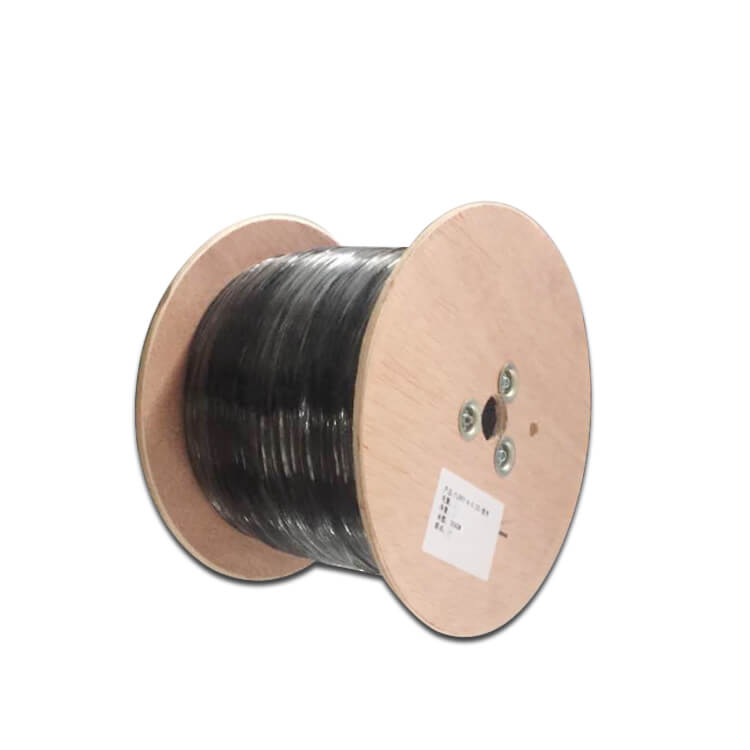
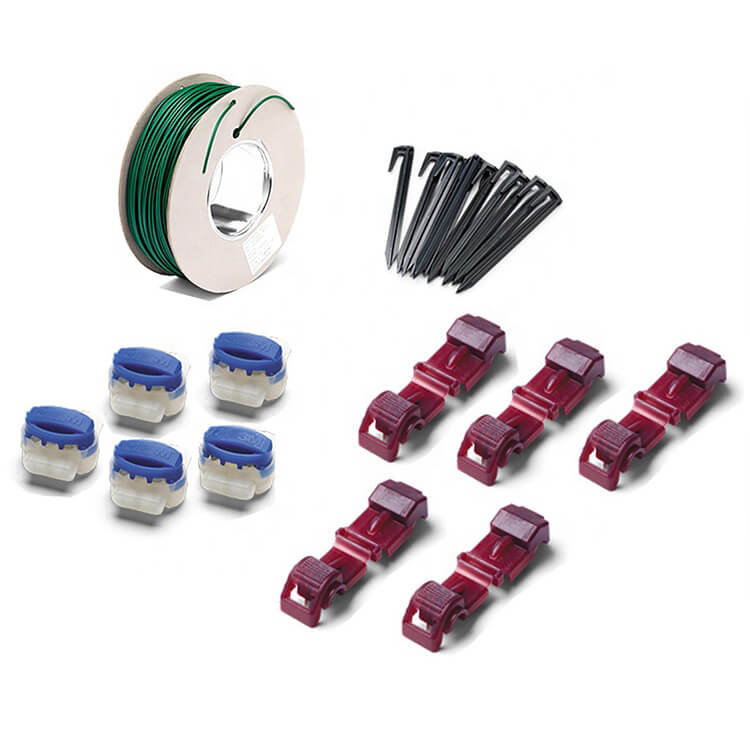
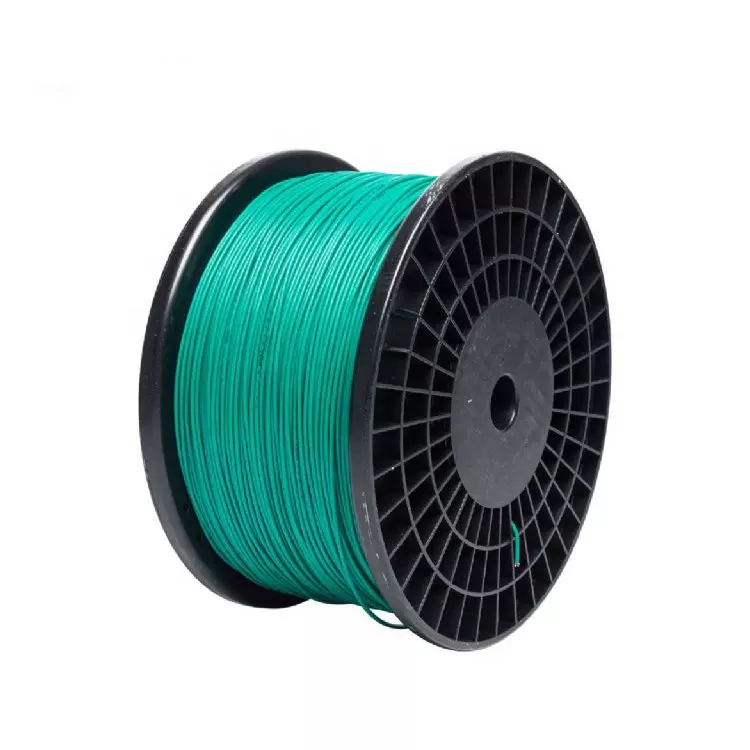
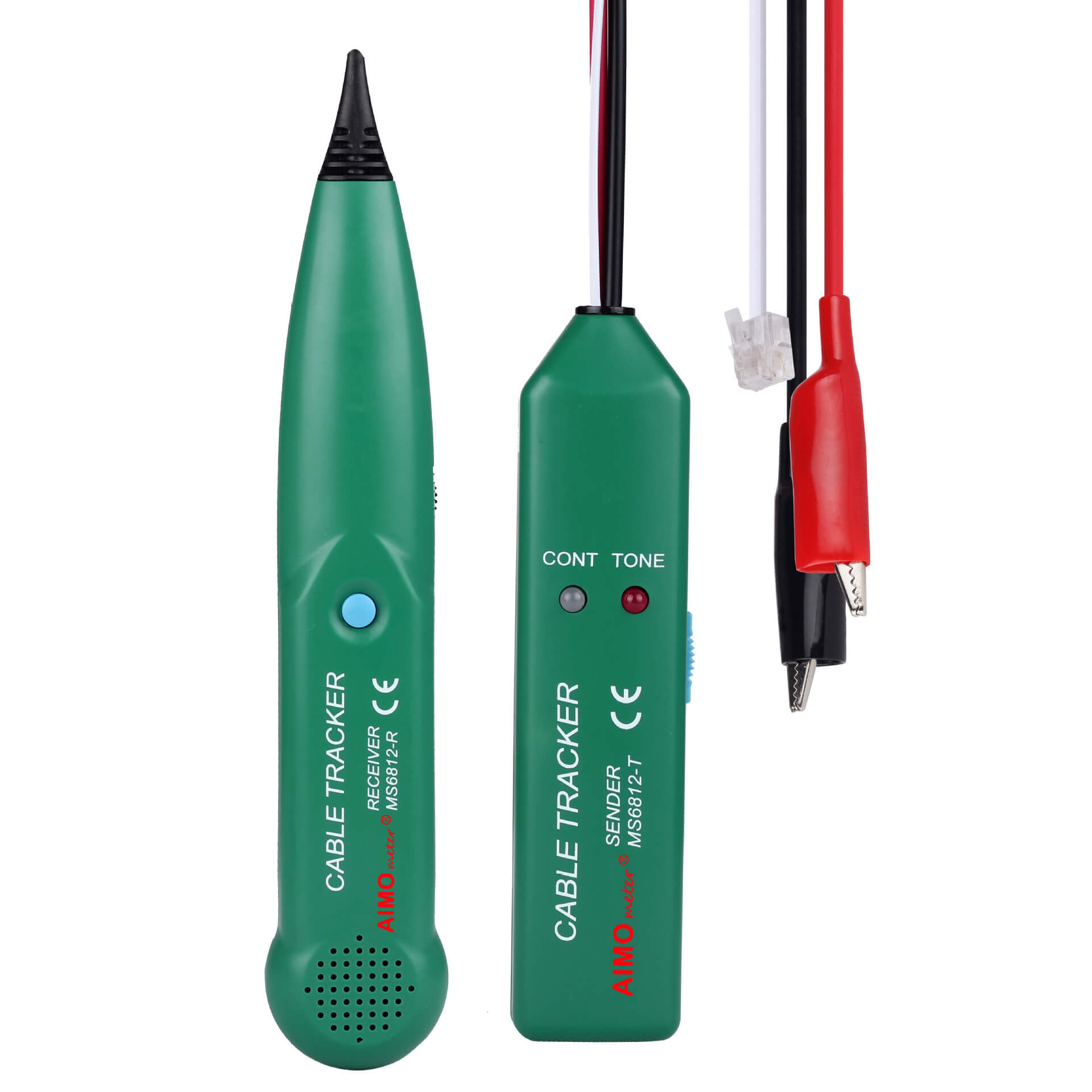


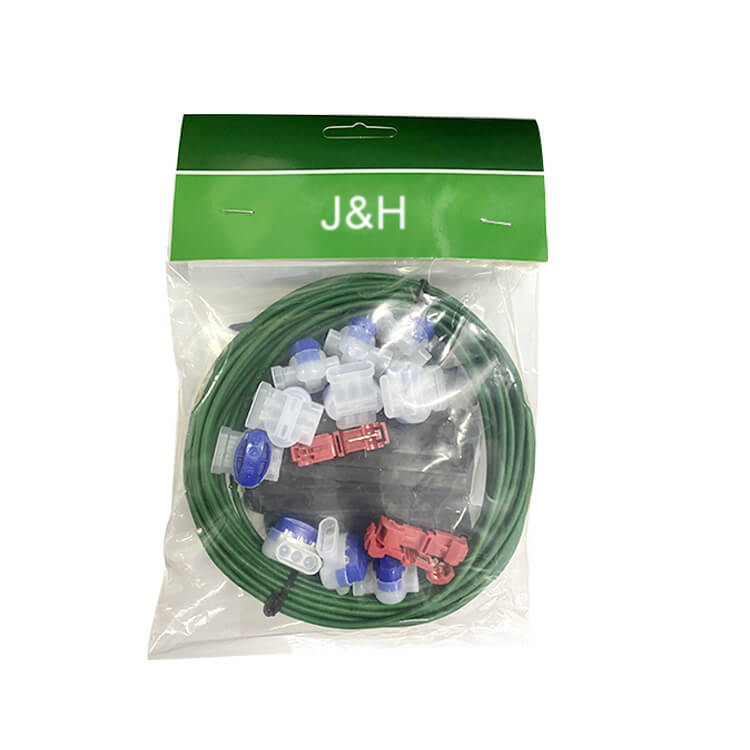

 Abroad:+86 181 5747 1135
Abroad:+86 181 5747 1135 FAX: +86 574 8900 7636
FAX: +86 574 8900 7636 E-mail:
E-mail: 

 read the map
read the map

